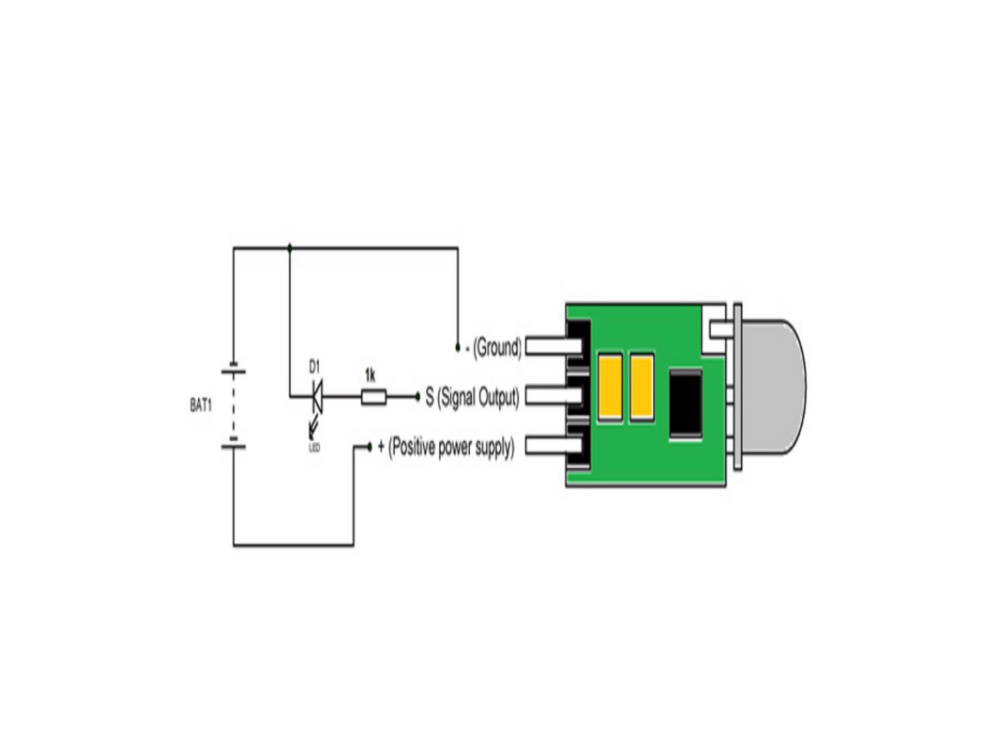Top Features to Look for in Quality Small Circuit Boards
2025-05-11
Small circuit boards, often referred to as printed circuit boards (PCBs), are essential components found in nearly all modern electronic devices. They serve as platforms for mounting electronic components, such as capacitors, resistors, and integrated circuits, connecting them through conductive pathways. Their compact size allows for efficient use of space, making them ideal for devices ranging from smartphones to wearable technology.

Importance of Quality in Circuit Boards
The quality of small circuit boards directly impacts the reliability and performance of the end product. High-quality circuit boards ensure that devices function correctly, withstand environmental stresses, and maintain their integrity over time. Investing in quality small circuit boards not only reduces the likelihood of failures but also enhances customer satisfaction and product longevity.
Top Features to Look for in Quality Small Circuit Boards
When evaluating small circuit boards, there are several critical features to consider. Here, we break down the essential attributes that define a quality circuit board.
Durability and Reliability
**Durability and reliability** are paramount in circuit board selection. A high-quality small circuit board should be able to withstand various stresses, including mechanical shocks, vibrations, and temperature fluctuations. Look for boards that are constructed with robust materials and have protective coatings to prevent corrosion and damage. Reliability is often indicated by the manufacturer's ability to meet stringent industry standards, ensuring that the boards can perform their intended functions over extended periods.
Design and Layout Optimization
The **design and layout** of a small circuit board significantly influence its performance. A well-optimized layout minimizes signal interference and maximizes electrical efficiency. Consider boards that feature proper spacing between components, appropriate trace widths, and efficient routing. This optimization not only improves functionality but also simplifies the assembly process, reducing the risk of errors and defects.
Material Quality
The **quality of materials** used in the manufacturing of small circuit boards is crucial. High-quality PCBs are often made from FR-4 glass epoxy, which offers excellent electrical insulation and thermal resistance. Additionally, consider boards with high copper thickness, as this enhances conductivity and reduces the risk of overheating. Investing in quality materials ensures that the circuit board will perform reliably under various conditions.
Manufacturing Standards
Manufacturing processes play a significant role in determining the quality of small circuit boards. Look for manufacturers who adhere to **international standards** such as IPC (Institute of Printed Circuits) guidelines. These standards ensure that the boards are produced with high precision and meet safety and quality benchmarks. Boards manufactured under rigorous quality control processes are less likely to experience defects and failures.
Thermal Management Capabilities
Effective **thermal management** is vital for the longevity and performance of small circuit boards. As electronic components generate heat during operation, a quality PCB should have features that facilitate heat dissipation. Look for boards that incorporate thermal vias, heatsinks, or other designs that promote heat flow away from sensitive components. Proper thermal management not only enhances performance but also reduces the risk of component failure due to overheating.
Cost-Effectiveness
While quality is paramount, it’s essential to consider **cost-effectiveness** when selecting small circuit boards. High-quality boards may come with a higher initial price, but they often provide better value over time by reducing maintenance and replacement costs. Weigh the benefits of durability and reliability against the upfront investment to find a balance that meets your budget without compromising on quality.
Choosing the Right Manufacturer
Selecting the right manufacturer is critical to obtaining quality small circuit boards. Conduct thorough research to identify reputable manufacturers with a proven track record. Consider factors such as their experience, production capabilities, customer reviews, and adherence to quality standards. A good manufacturer will also offer excellent customer service and support throughout the design and production process, ensuring that your specific needs are met.
Common Mistakes to Avoid
When selecting small circuit boards, it's easy to make mistakes that can lead to poor performance and increased costs. Here are some common pitfalls to avoid:
1. **Ignoring Quality Standards**: Failing to verify that a manufacturer adheres to industry standards can lead to subpar products.
2. **Overlooking Thermal Management**: Not considering heat dissipation features can result in overheating issues.
3. **Choosing Based on Price Alone**: Focusing solely on the cost without evaluating quality can lead to increased long-term costs.
4. **Neglecting Design Optimization**: Poor layout and design can result in signal interference and reduced efficiency.
5. **Not Conducting Thorough Research**: Skipping the research process can lead to selecting a manufacturer that does not meet your requirements.
Selecting quality small circuit boards is a critical step in ensuring the reliability and performance of your electronic projects. By focusing on durability, design optimization, material quality, manufacturing standards, thermal management abilities, and cost-effectiveness, you can make informed decisions that will lead to successful outcomes. Avoid common pitfalls by conducting thorough research and choosing reputable manufacturers. With this knowledge in hand, you will be better equipped to choose circuit boards that enhance the functionality and longevity of your electronic devices, ultimately driving satisfaction for you and your customers.
Related news








